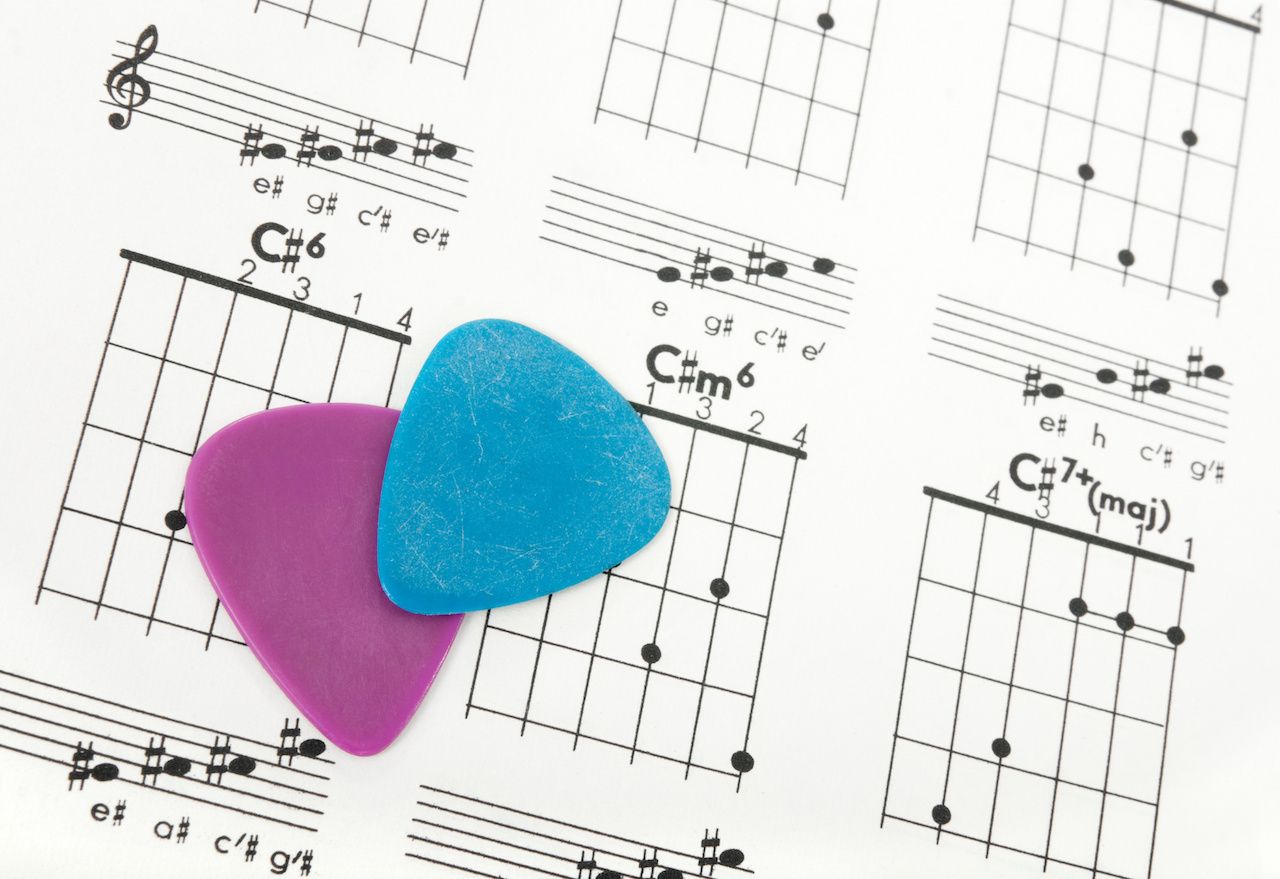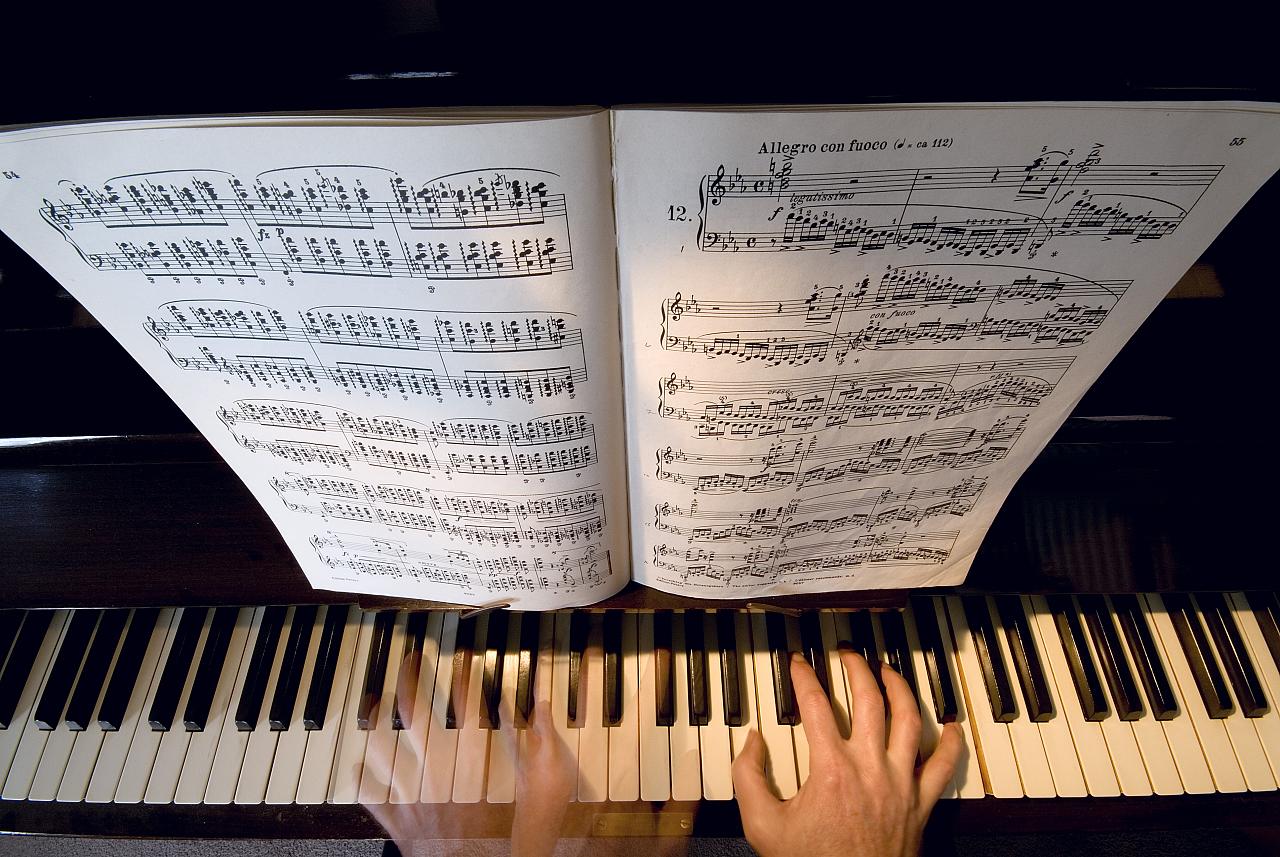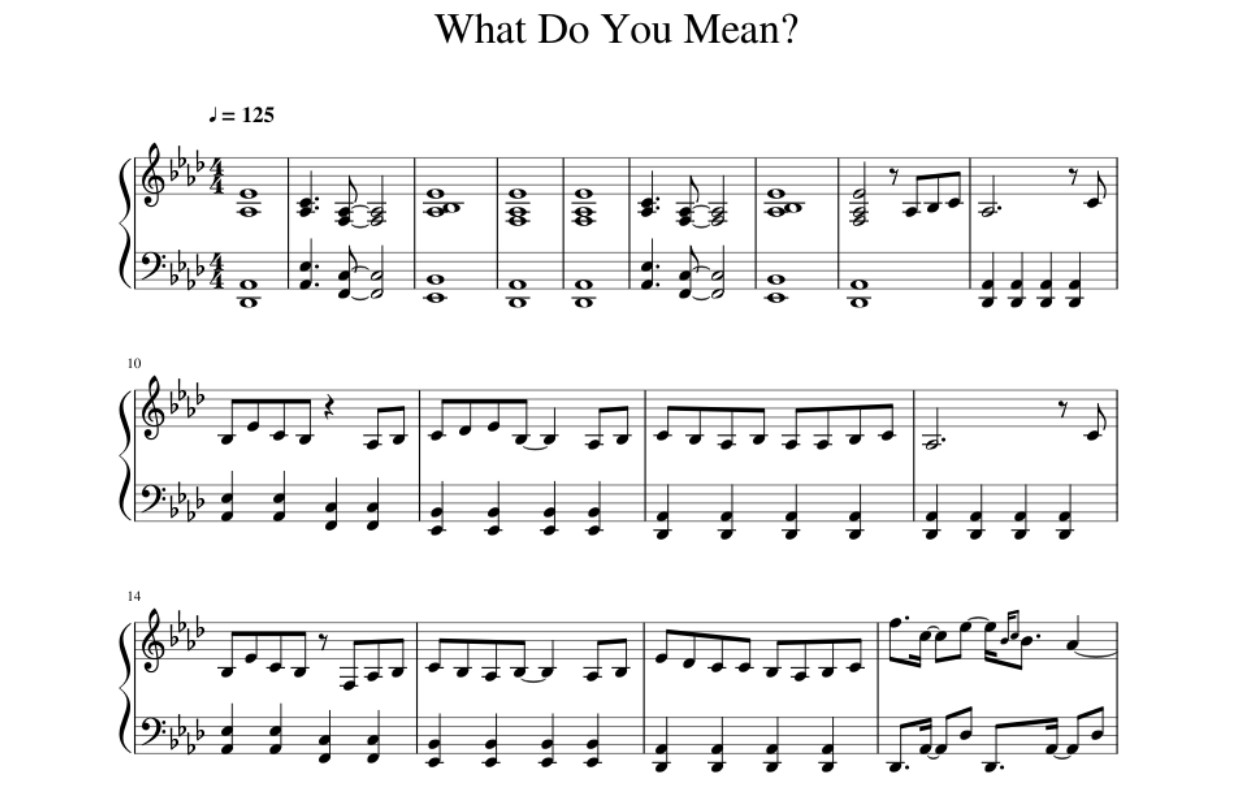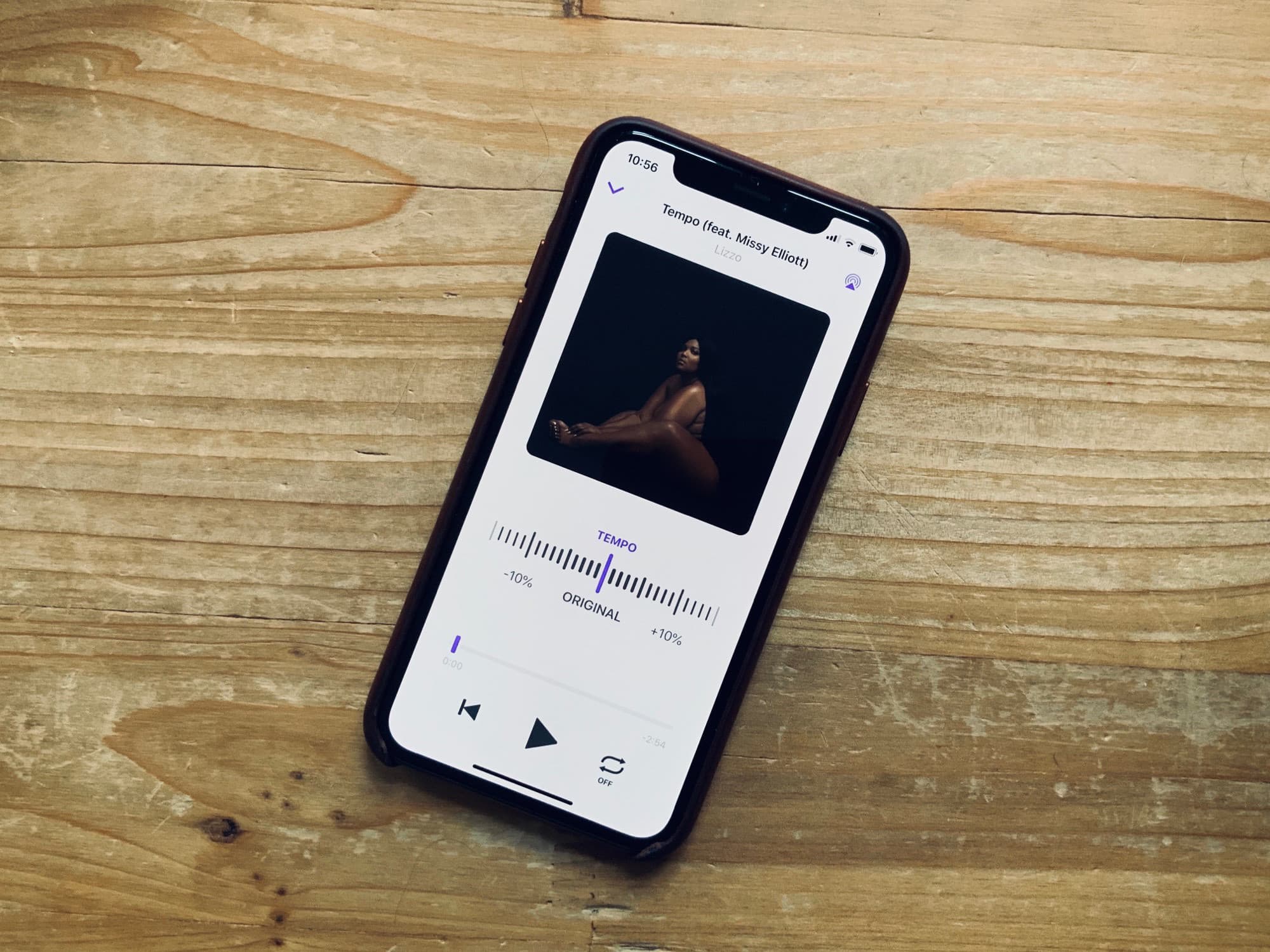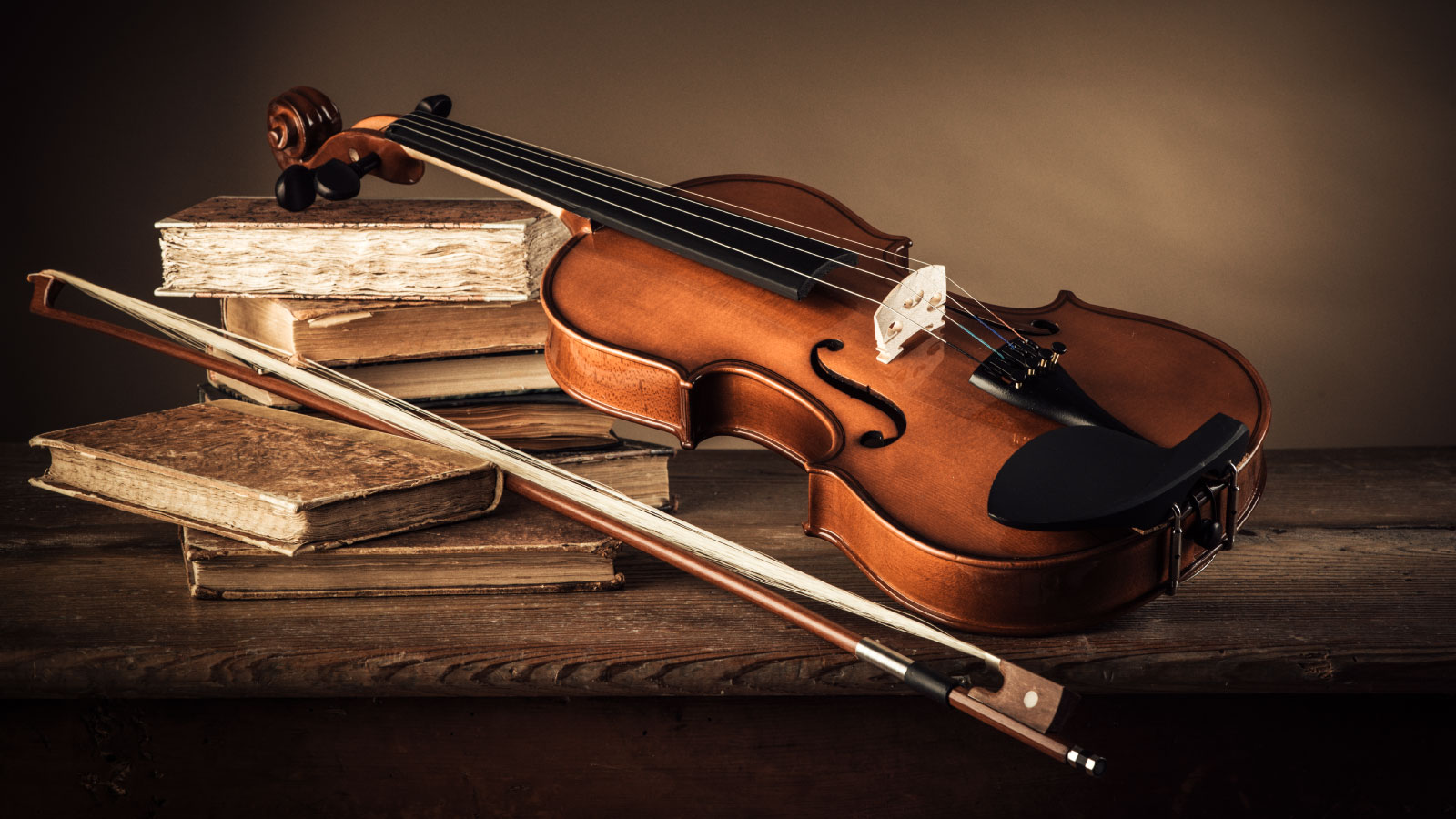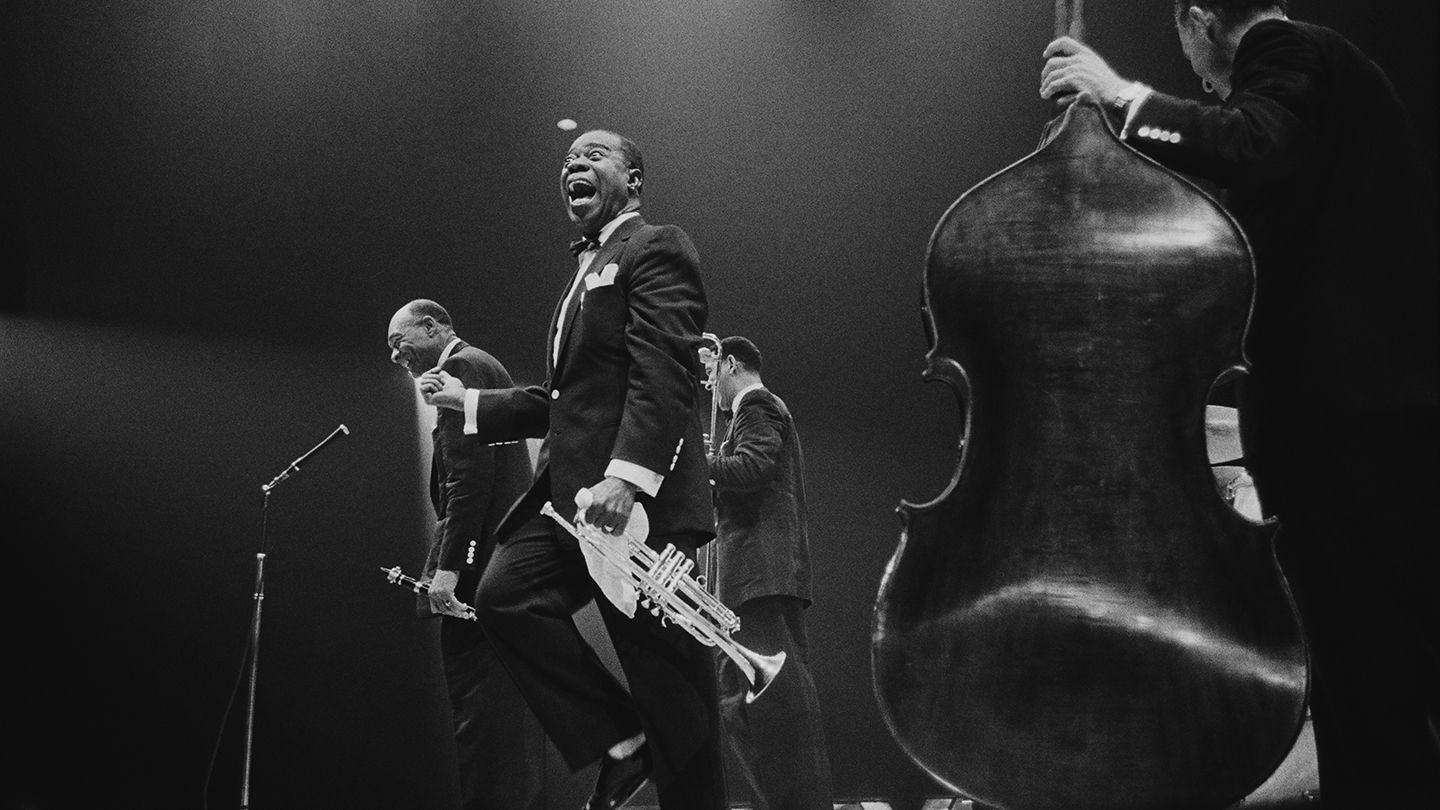Home>Production & Technology>Tempo>What Do Tempo Markings Mean In Music
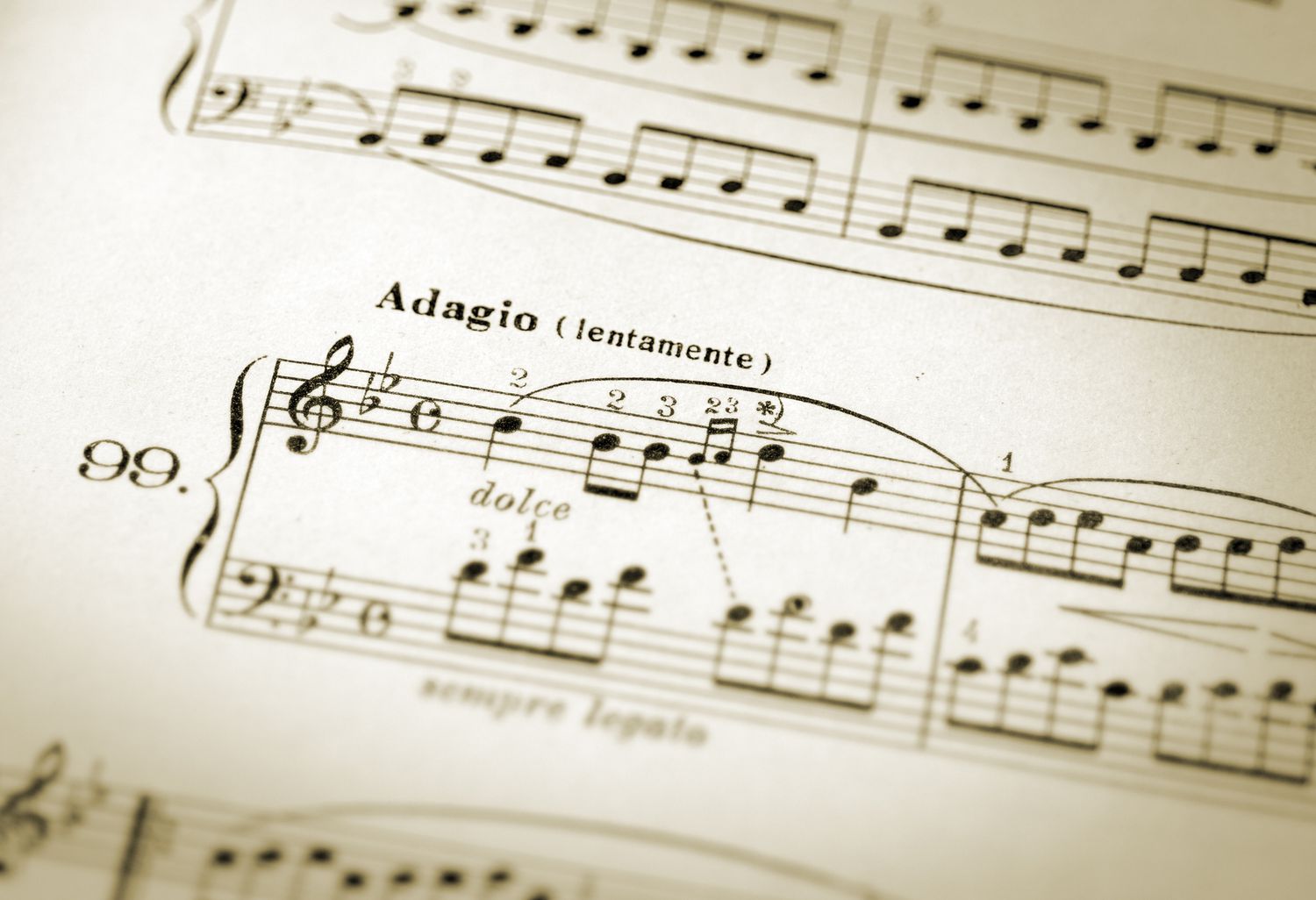

Tempo
What Do Tempo Markings Mean In Music
Modified: January 22, 2024
Discover the meaning of tempo markings in music and how they impact the pace and feel of a composition. Explore the importance of tempo in creating musical expression.
(Many of the links in this article redirect to a specific reviewed product. Your purchase of these products through affiliate links helps to generate commission for AudioLover.com, at no extra cost. Learn more)
Table of Contents
Introduction
Welcome to the fascinating world of music tempo markings! If you’ve ever wondered what those strange Italian words written above sheet music mean, then you’re in the right place. Tempo markings play a crucial role in guiding musicians on how fast or slow they should perform a piece of music. Understanding these markings can greatly enhance your appreciation and interpretation of music.
Tempo is the speed at which a piece of music is played. It sets the pace, energy, and character of the music. Tempo markings provide musicians with specific instructions on how to perform a piece, ensuring consistency and clarity across different interpretations.
Tempo markings have been used in music for centuries, with composers using various terms to convey their desired tempo. These markings can range from common Italian words like “Allegro” and “Adagio” to more descriptive terms like “Lively” or “Moderately.” Each marking carries its own unique instructions, allowing musicians to accurately convey the composer’s intent.
In this article, we’ll explore the fascinating world of tempo markings in music. We’ll delve into common tempo markings, how they are indicated, and the impact they have on the overall performance of a piece. Whether you’re a musician looking to deepen your understanding or a music enthusiast curious to learn more, this guide will provide you with valuable insights.
So, let’s jump right in and explore the wonderful world of tempo markings!
What Are Tempo Markings?
Tempo markings are musical notations that indicate the speed or pace at which a piece of music should be performed. They provide essential guidance to musicians on how to interpret the timing and rhythm of a composition. Tempo markings can be found at the beginning of a piece, typically written above the staff, and serve as a roadmap for the performer.
These markings are often written in Italian, although other languages can also be used. Italian has been the traditional language of music due to its historical prominence in the development of Western classical music.
Each tempo marking signifies a specific musical tempo, which refers to the relative speed of the piece. For example, an “Allegro” tempo indicates a fast and lively pace, while an “Adagio” tempo signifies a slow and leisurely pace. These markings give musicians a clear indication of the tempo’s character and mood, allowing them to convey the composer’s intended expression.
Tempo markings can provide additional musical context beyond just the speed of the music. They can also convey the energy, intensity, and overall feeling of a piece. For instance, a composition marked “Presto” suggests a sense of urgency and exhilaration, while a marking like “Andante” implies a more relaxed and flowing tempo.
It’s important to note that tempo markings are not rigidly fixed. They provide a general guideline for performers, but there is always room for interpretation and individual expression. Musicians may choose to slightly deviate from the exact tempo indicated in the marking to infuse their own artistic interpretation into the performance.
Overall, tempo markings are a crucial element in understanding and performing music. They provide a shared language for musicians and help to ensure that a piece of music is performed consistently and accurately across different interpretations.
Common Tempo Markings
Tempo markings come in a wide range of terms, each conveying a specific tempo and character. While there are countless tempo markings in music, some are more commonly used than others. Let’s explore a few of the most frequently encountered tempo markings:
- Adagio: This tempo marking indicates a slow and leisurely pace. It often conveys a sense of serenity and calmness, allowing the music to unfold gracefully.
- Andante: Andante represents a moderate tempo, typically a walking pace. It suggests a flowing and relaxed speed, making it conducive to expressive playing and lyrical melodies.
- Allegro: Allegro is a lively and fast tempo marking. It conveys a sense of energy and excitement, with brisk and spirited playing. Allegro is often associated with joyful and playful compositions.
- Vivace: Vivace means “lively” and refers to a fast and spirited tempo. It conveys a vibrant and animated mood, demanding precise and agile playing from the musicians.
- Andantino: Andantino is a slightly faster tempo than Andante. It is often interpreted as a “little bit faster” than Andante, but still maintaining a relaxed and moderate pace.
- Largo: Largo means “broad” and is a very slow tempo marking. It suggests a grand and expansive feeling, allowing for deep emotional expression and dramatic impact.
- Presto: Presto denotes a very fast and rapid tempo. It is characterized by its high energy and intensity, demanding exceptional technical skill and precision from performers.
These are just a few examples of common tempo markings. Other terms include Moderato (moderate tempo), Allegretto (moderately fast tempo), Lento (slow tempo), and many more. Each marking provides valuable insights into the desired speed and mood of the music.
It’s important for musicians to have a thorough understanding of these tempo markings to accurately interpret and execute the musical intentions of the composer. By adhering to the correct tempo markings, musicians can faithfully convey the desired emotion and atmosphere of a piece, creating a powerful and impactful performance.
How Are Tempo Markings Indicated?
Tempo markings are indicated in sheet music through the use of specific musical symbols and Italian terms. These notations provide clear instructions to musicians regarding the desired tempo of a piece. Here are the common ways tempo markings are indicated:
- Italian Terms: Italian terms are often used to convey tempo markings. Composers have historically used Italian as the language of choice for tempo markings due to its widespread usage in the music world. The terms are written above the staff and provide musicians with a precise indication of the intended tempo and character of the music. For example, “Lento” indicates a slow tempo, “Presto” indicates a fast tempo, and “Adagio” indicates a slow and leisurely pace.
- Metronome Marks: Metronome marks are numerical indications of the tempo, paired with a symbol that resembles a capital ‘M.’ These marks indicate the number of beats per minute (BPM) that should be maintained throughout the piece. For instance, a metronome marking of “120” means there should be 120 beats per minute. This provides a specific and precise framework for musicians to follow, ensuring consistency in tempo across different performances.
- Relative Terms: In some cases, composers may use relative terms to indicate the tempo. These terms give a general idea of the desired speed without providing exact numerical values. Relative terms include “Faster” or “Slower,” allowing for a more flexible interpretation of the tempo.
- Expressive Markings: Tempo markings can also be indicated through expressive markings, such as dynamic markings or other performance instructions. For example, a crescendo (gradually getting louder) might indicate an increase in tempo, while a diminuendo (gradually getting softer) might indicate a decrease in tempo. These markings provide guidance on both the speed and the overall musical expression.
It is important for musicians to pay close attention to these markings and interpret them accurately. Tempo markings play a crucial role in shaping the character and mood of a piece, and adhering to them ensures a faithful performance that stays true to the composer’s intentions.
The Effects of Tempo on Music
Tempo has a profound impact on the overall musical experience. It influences the mood, energy, and emotional response that listeners and performers experience. Here are some key effects of tempo on music:
- Mood and Emotion: The tempo of a piece can evoke different moods and emotions. A slow tempo, such as in a largo or adagio, often creates a sense of tranquility, introspection, or sadness. On the other hand, a fast tempo, like in an allegro or presto, can evoke excitement, thrill, or joy. The tempo sets the emotional tone of the music, allowing listeners to connect with the piece on a deeper level.
- Energy and Intensity: Tempo influences the energy level and intensity of a composition. A fast tempo can create a sense of urgency, high energy, and intensity, driving the music forward with a sense of exhilaration. Conversely, a slow tempo can have a calming effect, allowing for a more contemplative and introspective experience. The tempo sets the pace and creates the musical energy that propels the piece forward.
- Rhythmic Complexity: Different tempos can affect the rhythmic complexity of a piece. A fast tempo may incorporate intricate and rapid note patterns, challenging performers with quick finger movements or complex rhythmic patterns. A slower tempo, on the other hand, allows for more sustained notes, elongated phrases, and intricate melodic lines. The tempo plays a crucial role in determining the rhythmic intricacies of the music.
- Interpretation and Expression: Tempo provides a framework for musicians to interpret and express a piece of music. The tempo marking guides performers in understanding the composer’s intent and helps them shape their performance accordingly. Musicians can add their own artistic interpretation within the boundaries of the specified tempo, highlighting different musical elements, dynamics, and phrasing to convey their unique expression and style.
These effects of tempo on music highlight the importance of understanding and utilizing tempo markings in performances. By closely adhering to the designated tempo, musicians can effectively convey the desired emotional impact, rhythmic complexity, and expressive nuances of a piece, resulting in a more compelling and engaging musical experience for both the performer and the listener.
Understanding Different Tempo Markings
Each tempo marking in music conveys a specific speed and character, shaping the mood and overall interpretation of a piece. Understanding the nuances of different tempo markings is essential for musicians to accurately perform and convey the composer’s intentions. Here are some tips for understanding and interpreting different tempo markings:
- Refer to Definitions: Familiarize yourself with the meaning of common tempo markings. Consult a music dictionary or online resources to understand the specific characteristics of each marking. This will help you grasp the essence and intent behind different tempo indications.
- Listen to Examples: Explore recordings or performances of pieces with different tempo markings. Hearing the music in context can deepen your understanding of how tempo affects the overall interpretation and emotional impact. Pay attention to the energy, pacing, and mood conveyed by the tempo.
- Consider Historical Context: Take into account the historical era and style of the composition. Different periods in music history have their own conventions and interpretations of tempo markings. Understanding the stylistic context can provide valuable insights into how tempo should be approached for a particular piece.
- Experiment with Interpretation: While tempo markings offer guidelines, remember that there is room for interpretation and personal expression. Experiment with subtle variations in tempo to convey different emotional nuances within the general framework of the marking. However, be careful not to deviate too far from the intended tempo, as it may alter the character of the music significantly.
- Consider the Context: Take into account the musical context of the piece. Tempo markings can have different meanings depending on the genre, instrument, or ensemble. For example, a tempo marking for a solo piano piece may be interpreted differently than a tempo marking for a symphonic orchestral work.
By understanding the different tempo markings and their significance, musicians can effectively bring out the intended character, mood, and energy of a piece. These markings are like roadmaps, guiding performers to execute the music with precision and emotional depth.
Interpreting Tempo Markings in Performance
Interpreting tempo markings in performance is a delicate balance between adhering to the composer’s intentions and infusing your own artistic expression. Here are some tips for effectively interpreting tempo markings:
- Start with the Basics: Begin by understanding the literal meaning of the tempo marking. Consider the Italian terminology or metronome marking to determine the specific speed at which the piece should be played. This initial understanding sets the foundation for your interpretation.
- Embrace the Character: Tempo markings often imply a certain character or mood. Reflect on the descriptive qualities associated with the marking, such as “lively,” “serene,” or “brisk.” Let these adjectives guide your interpretation and influence your playing style and phrasing.
- Feel the Energy: The energy level of a piece is closely tied to its tempo. Use the tempo marking as a guide to gauge the appropriate levels of excitement, intensity, or relaxation required. Let the tempo dictate the dynamic contrasts and overall energy of your performance.
- Experiment with Variations: While it’s important to stay true to the composer’s intentions, don’t be afraid to experiment with slight variations in tempo for expressive purposes. You can subtly stretch or compress certain passages to add depth and emotion, as long as it does not compromise the overall structure and integrity of the music.
- Consider the Context: Take into account the larger context of the piece. Reflect on the musical style, genre, and the period it was composed in. Different musical eras may have different conventions for interpreting tempo markings, so understanding the historical context can provide valuable insights.
- Listen and Learn: Seek inspiration from recordings and performances by renowned musicians. Listen to different interpretations of the same piece with varying tempo choices. This exposure can expand your understanding of the possibilities within the given tempo marking and inform your own performance.
- Collaborate with Others: If you’re performing in an ensemble or accompanying other musicians, communicate and collaborate with them to ensure a unified interpretation of the tempo marking. This coordination enhances the overall musical experience and creates a cohesive performance.
Remember, tempo markings provide a guide, but they are not set in stone. While staying true to the composer’s intentions, embrace the opportunity to add your own personal touch and artistic interpretation to create a unique and captivating performance that resonates with both you and the audience.
Conclusion
Tempo markings are a vital element in the world of music, guiding performers in the interpretation and execution of a piece. Understanding and interpreting these markings are essential for musicians to capture the intended mood, energy, and expression of the music.
By familiarizing yourself with common tempo markings, listening to examples, and considering historical context, you can develop a deeper understanding of how each tempo marking influences the overall interpretation of a piece. Additionally, experimenting with variations and collaborating with other musicians can enhance your ability to bring out the full potential of the tempo marking in performances.
Tempo markings serve as a roadmap for musicians, providing a shared language that ensures consistency and accuracy in performances across different interpretations. While they provide general guidelines, it’s important to remember that there is room for personal expression and artistic interpretation within these markings. Musicians have the opportunity to add their unique musicality and emotion, as long as it remains true to the essence and character of the piece.
Whether you’re a musician delving deep into the world of tempo markings or a music enthusiast seeking to appreciate and understand the nuances of performances, the knowledge and appreciation of tempo markings can greatly enhance your musical experience. It allows you to engage with music on a deeper level, recognizing the intention behind the composer’s choices and the artistry brought forth by performers.
So, the next time you come across a tempo marking on a sheet of music, remember its significance and let it guide your journey through the music. Embrace the tempo, immerse yourself in its energy, and bring the notes to life with precision, expression, and passion.

